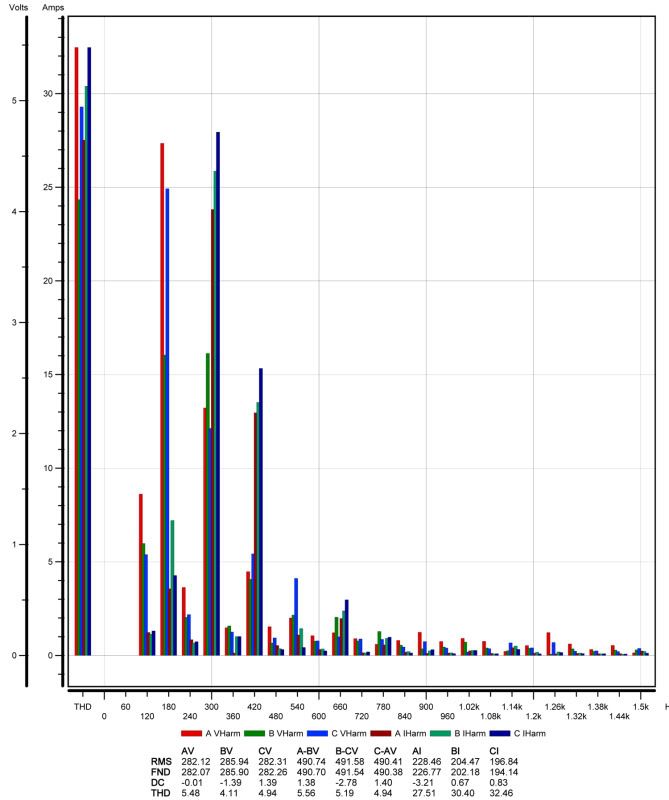Eduardo Maun
Member
- Location
- Qatar
Greetings!
Two different Company conducted harmonics test. But they got different result what are the factors affecting the harmonics of an Electrical System aside from Speed,Current,Voltage/Load?
Thank you.
God Bless...
Two different Company conducted harmonics test. But they got different result what are the factors affecting the harmonics of an Electrical System aside from Speed,Current,Voltage/Load?
Thank you.
God Bless...


